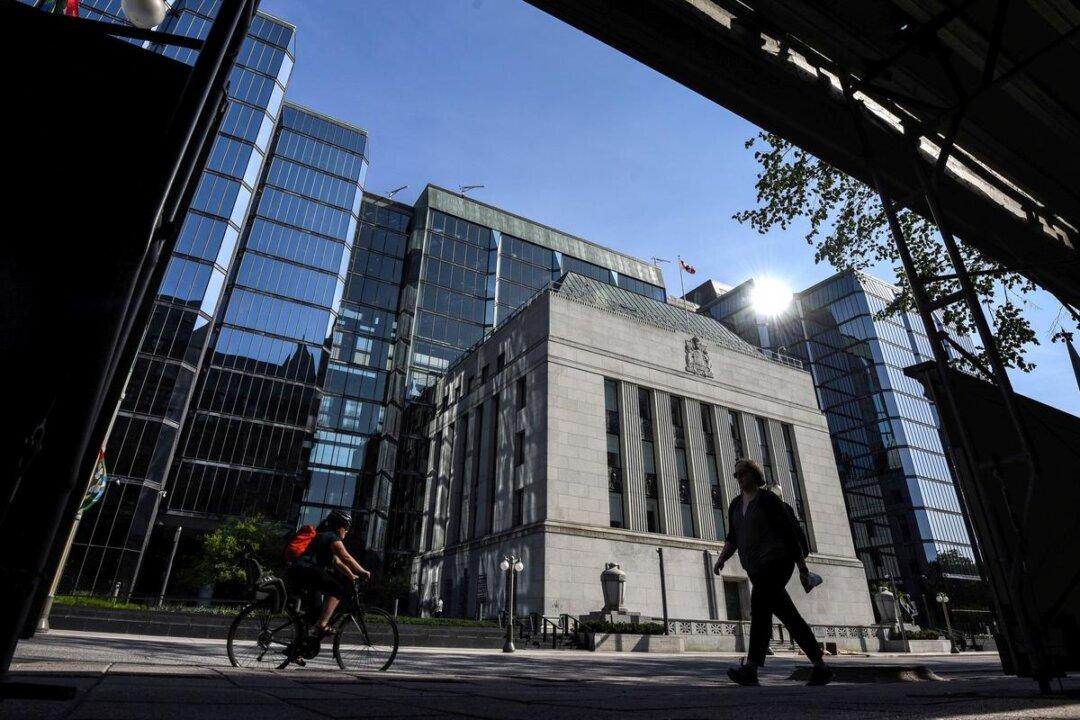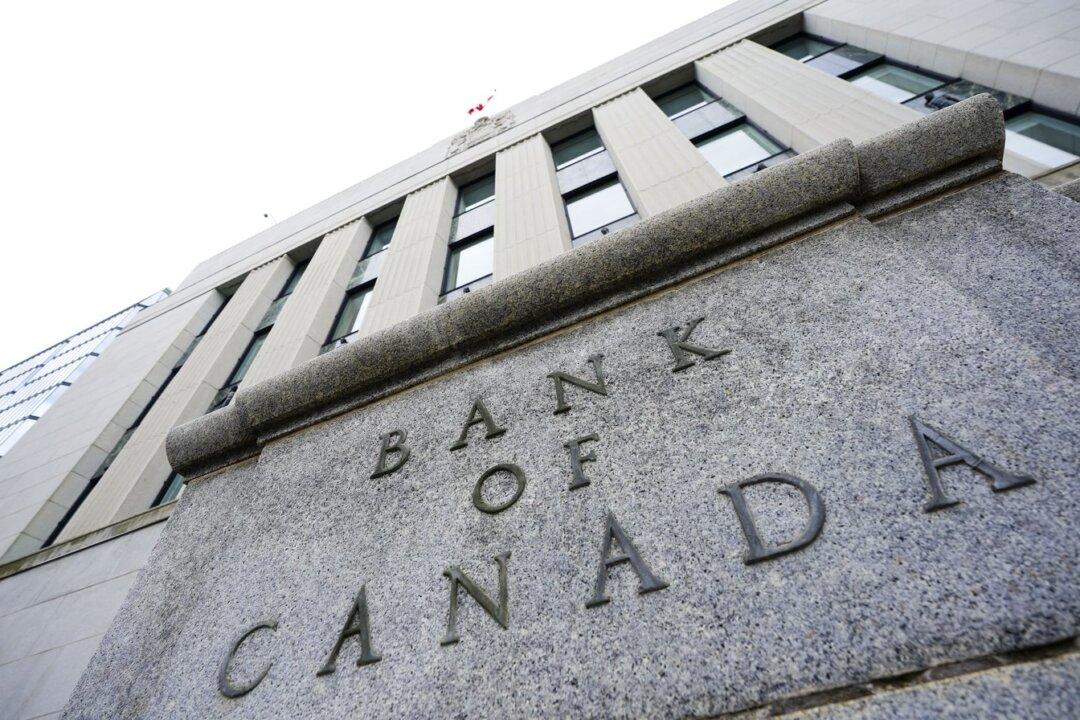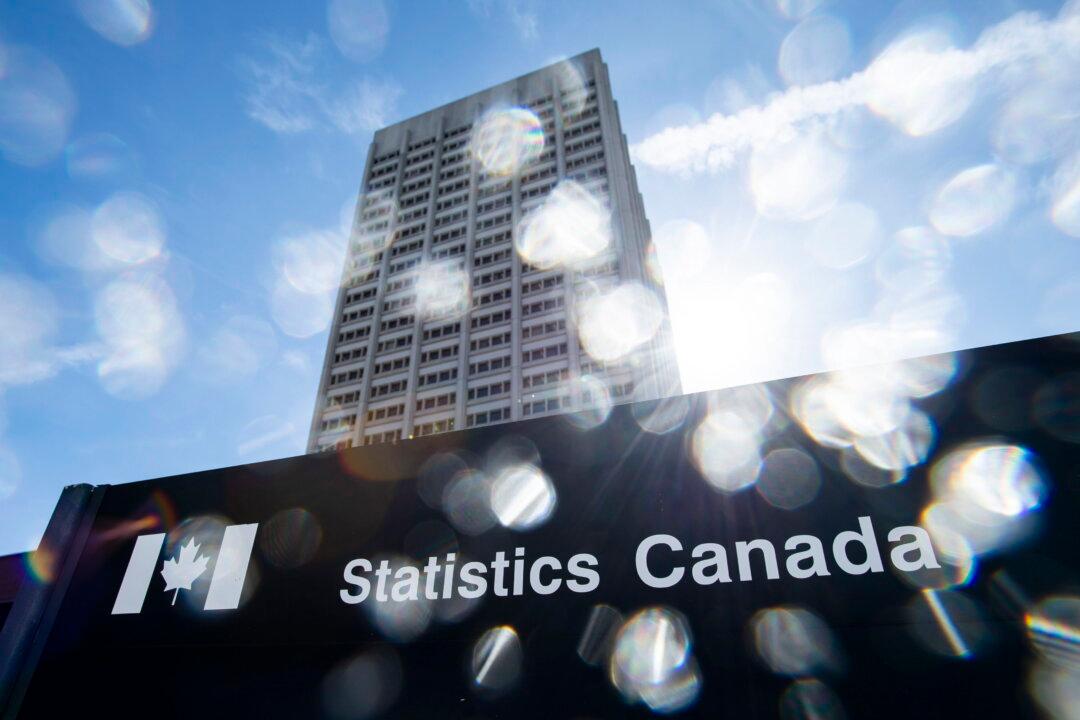A central bank interest rate cut is coming soon to offer relief to Canadian homeowners worried about mortgage payments, analysts agree. But they don’t quite agree on how soon.
The central bank’s key interest rate, the overnight lending rate, has remained at 5 percent since July last year amid persistent increases in the cost of living. Slowdowns in inflation over the last four months, though, have raised hopes among borrowers that the central bank will lower the interest rate as early as its next meeting, set for June 5.





